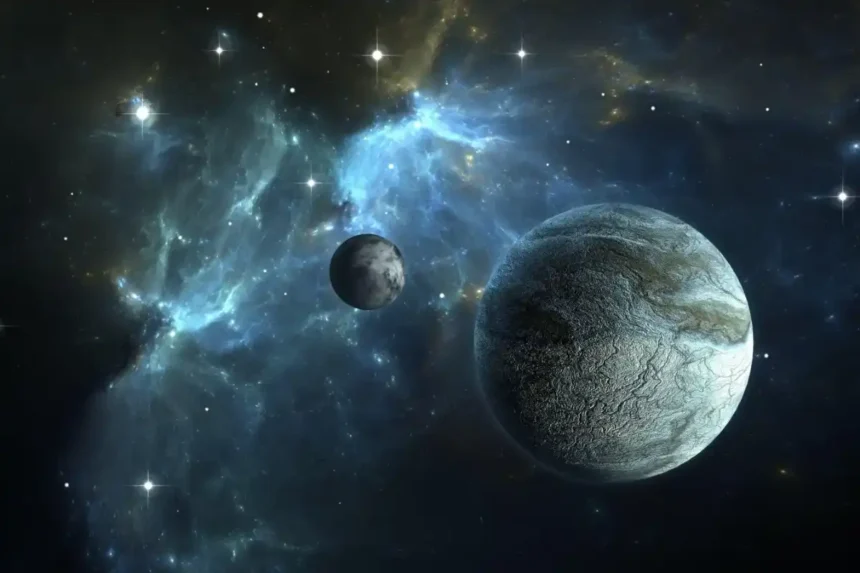Astronomers have uncovered fresh evidence hinting at a mysterious unseen planet in the far reaches of our solar system — one that could reshape our understanding of its structure. The hypothetical world, nicknamed Planet Y, has not yet been directly observed, but scientists believe its gravitational influence could explain the unusual tilt in the orbits of dozens of distant celestial bodies.
The findings were published in the Monthly Notices of the Royal Astronomical Society: Letters, and the research has sparked renewed excitement about the possibility of an undiscovered planet beyond Neptune.
The evidence comes from observing about 50 distant Kuiper Belt objects — icy bodies that orbit the Sun far beyond Neptune. Their orbits are unexpectedly tilted, something that current models of the solar system fail to explain. This tilt, according to researchers, may be the signature of a hidden planet’s gravitational pull.
Lead author Amir Siraj, a doctoral candidate at Princeton University, explained the theory to CNN:
“One explanation is the presence of an unseen planet, probably smaller than the Earth and probably bigger than Mercury, orbiting in the deep outer solar system. This paper is not a discovery of a planet, but it’s certainly the discovery of a puzzle for which a planet is a likely solution.”
The existence of unseen planets beyond Neptune has long fascinated astronomers. After Neptune’s discovery in 1846, scientists began searching for other distant worlds — a quest that led to the discovery of Pluto in 1930. At the time, Pluto was thought to be the elusive “Planet X,” but it was later reclassified as a dwarf planet due to its small size.
Planet Y is not the same as Planet Nine, another hypothetical world that scientists believe could be five to ten times the mass of Earth and orbit much farther away. According to Siraj, both could exist simultaneously, each influencing different regions of the outer solar system.
The team’s computer simulations showed that neither the known planets nor Planet Nine could account for the strange 15-degree tilt observed in objects orbiting beyond 80 times the distance between Earth and the Sun. “It was quite a surprise to find that the solar system suddenly appears to be tilted by about 15 degrees,” Siraj said. “This is what sparked the Planet Y hypothesis.”
If it exists, Planet Y is estimated to be between the size of Mercury and Earth, orbiting 100 to 200 times farther from the Sun than our planet, with an orbital tilt of at least 10 degrees relative to the plane of the other planets.
However, the evidence is not yet definitive. “With these roughly 50 objects, the statistical significance is in the 96% to 98% range,” Siraj noted. “It’s strong, but it’s not conclusive yet.”
The next big opportunity to confirm or refute Planet Y’s existence could come from the Vera C. Rubin Observatory, set to begin its 10-year sky survey in Chile later this year. Equipped with the world’s largest digital camera, the telescope will capture images of the entire night sky every few days, potentially spotting faint, slow-moving objects in the farthest corners of the solar system.
If Planet Y is real, it could be one of the most significant astronomical discoveries of the century — a reminder that even after centuries of exploration, the solar system still holds secrets waiting to be uncovered.









